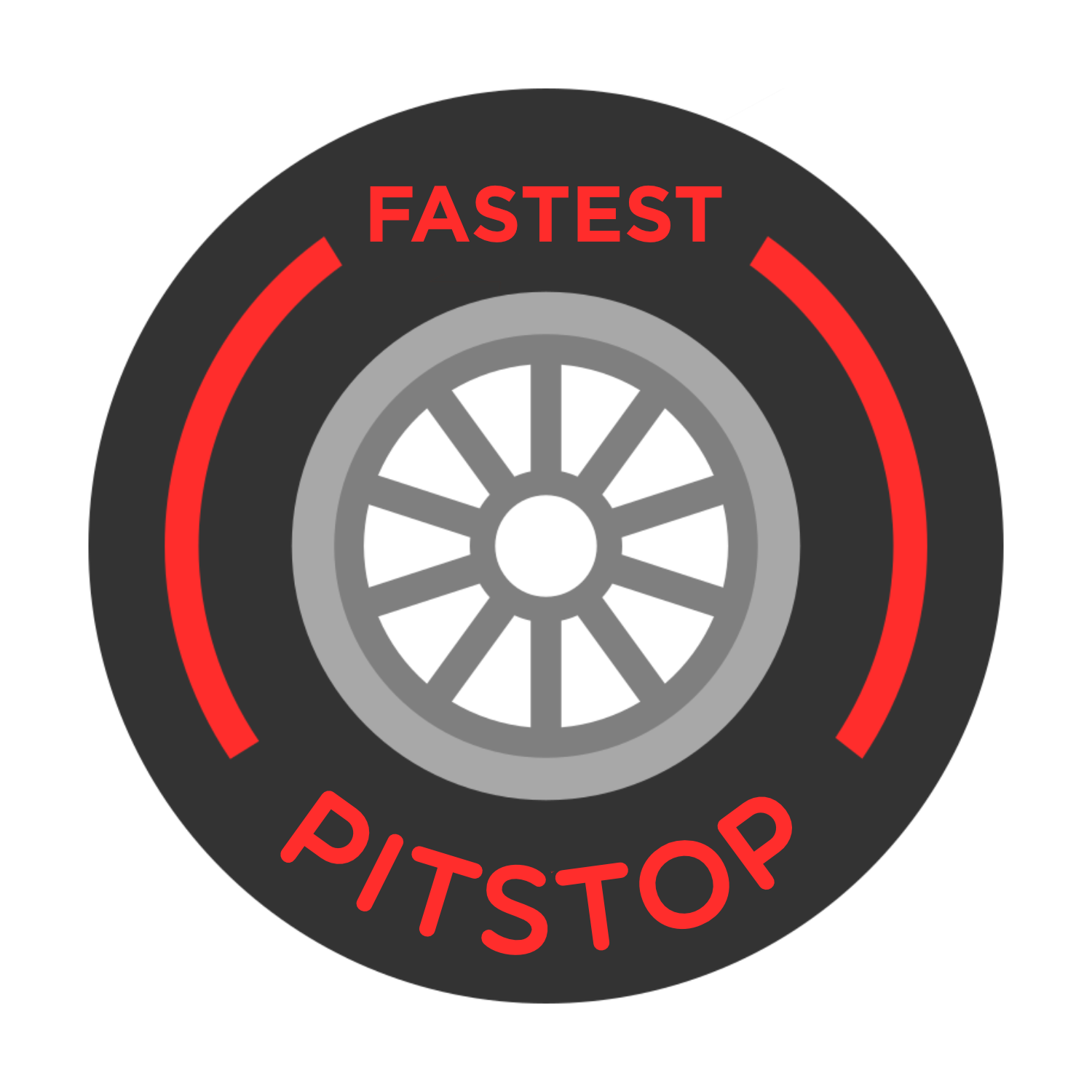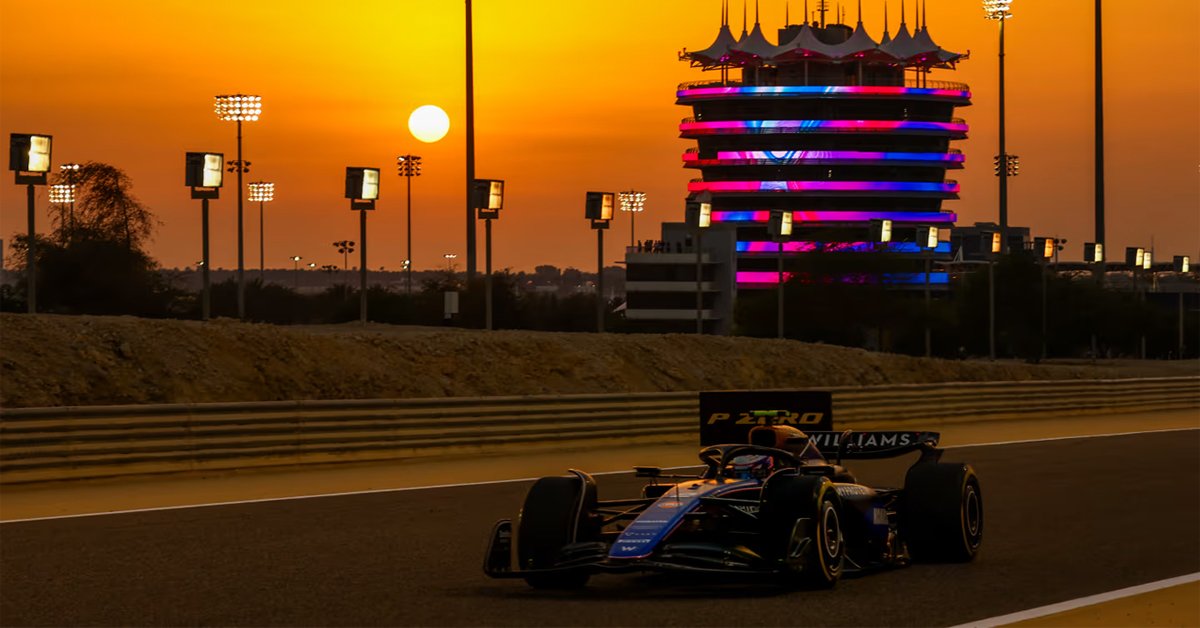Before a Formula 1 season kicks off, all the teams are involved in pre-season testing. This is a chance for the teams to get their cars on track for the first time and for teams to analyse what is working and what needs improvement.
It’s also a chance for drivers to get to grips with the new season’s car for the first time and the rookies to feel an F1 car. There are always different regulation changes for the season so the cars will feel slightly different.
What is the format of pre-season testing?
Pre-season testing is held a few weeks before the season starts. Teams will out their cars and push their pace over 24 hours of track time held over three days. Each day is split into a morning and afternoon session. The teams can only run one car in each session so drivers generally take turns for each session.
Everything You Need to Know About the 2025 F1 Regulations Changes
Testing has been held at the Sakhir Circuit in Bahrain and the Circuit de Catalunya in Barcelona over the last few seasons. The pre-season testing sessions are important for teams as unlimited testing was banned in 2009 to reduce costs.
What to expect in pre-season testing
After teams show off their liveries, it is time for the cars to hit the track for the first time and for teams to see how the new parts they’ve developed over the winter are working. However, the cars at the test might not be the same as at the season opener. Teams can introduce upgrades between the test and the first race once they’ve analysed their running results.
The engineers need to get accurate readings to make sure the data correlates with the wind tunnel and CFD data. If there is an issue, they have a couple of weeks to rectify the problem. Teams will add aero racks to make sure all the data is accurate.
The timing sheets during pre-season testing are not always accurate. Teams could be ‘sandbagging’ and not showing their true pace. This is so competitors don’t know the real speed of their cars. Other teams might want to copy designs so showing your hand might not be the best idea.
Testing is a great opportunity for rookies to get their first taste of driving an F1 car competitively. They can get used to the power of the F1 car while honing their skills to suit how the car works.
Pit crews will also practice stops to get back into the rhythm they might have lost over the winter break. They are a vital cog in the team and need to be on top of their game for the season opener.












